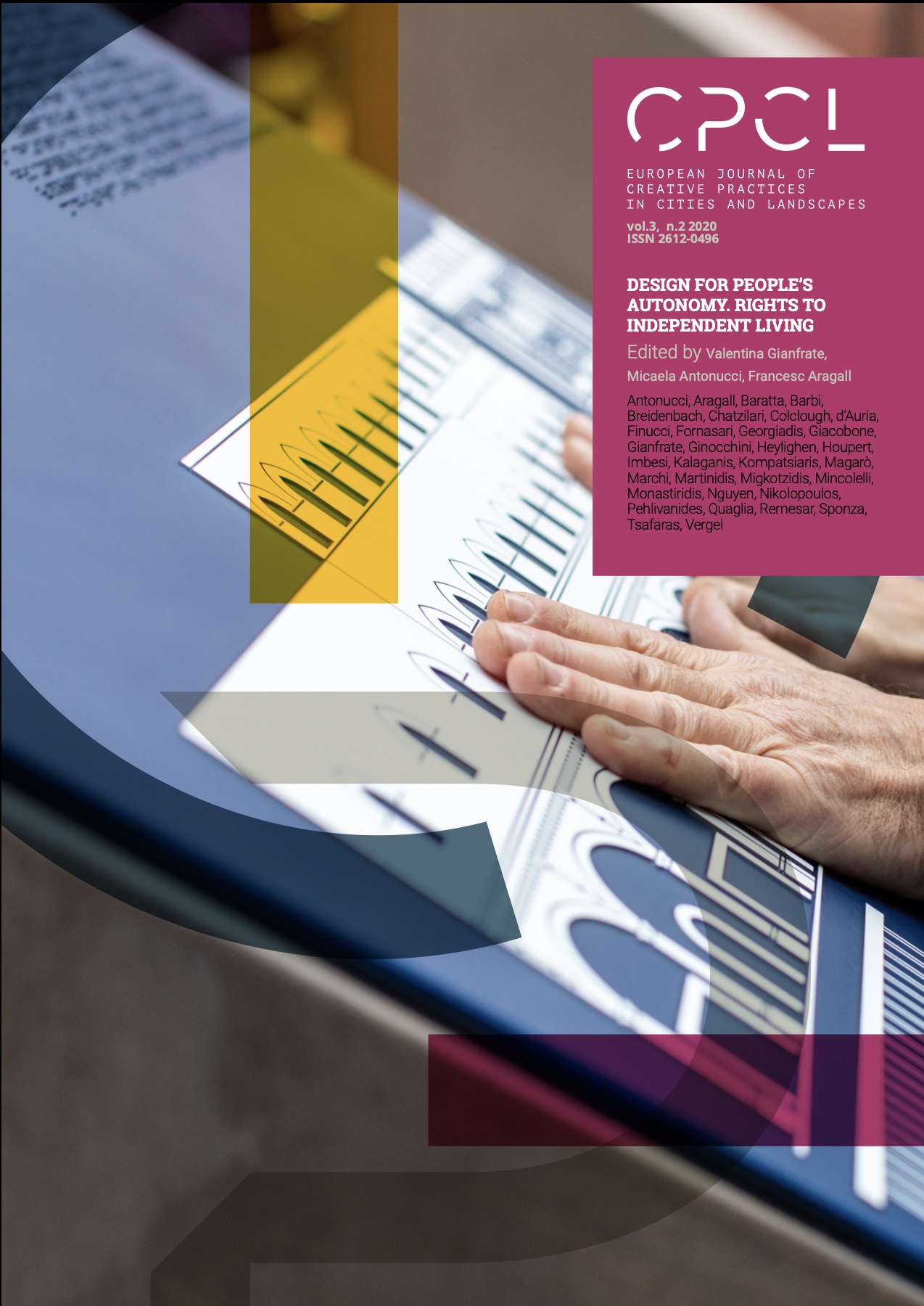Urban Public as a Phenomenon of Communication
DOI:
https://doi.org/10.6092/issn.2612-0496/10861Keywords:
urban planning, public space, media theoryAbstract
The article describes the theory of German sociologist Hans-Paul Bahrdt, who characterizes a special form of communication in cities and urban places. This reflection on the phenomenon of communication in the urban public are traced from a system-theoretical perspective and further transferred on the concept of ‘non-places’ by Marc Augé. This comparison should provide information about which signs and communicative codes in the urban public are able to express the identity of the city and the people living in it. Finally, these considerations will be compared with contemporary approaches of architectural semiotics and urban design.
References
Augé, Marc (1995): Non-places. Introduction to an Anthropology of Supermodernity. Translated by John Howe. London, New York (NY): Verso.
Bahrdt, Hans-Paul (1998): Die moderne Großstadt. Soziologische Überlegungen zum Städtebau. Herausgegeben von Ulfert Herlyn. Opladen: Leske + Budrich.
Baraldi, Claudio/Corsi, Giancarlo/Esposito, Elena (1998): GLU. Glossar zu Niklas Luhmanns Theorie sozialer Systeme. Frankfurt a.M.: Suhrkamp.
Luhmann, Niklas (1995): Social Systems. Translated by John Bednarz, Jr. with Dirk Baecker. Stanford (CA): Sanford University Press.
Luhmann, Niklas (2000): Art as a social system. Translated by Eva M. Knodt. Stanford (CA): Stanford University Press.
Downloads
Published
How to Cite
Issue
Section
License
Copyright (c) 2020 Samuel Schilling

This work is licensed under a Creative Commons Attribution 4.0 International License.




